
A First Course in Linear Algebra, originally by K. Kuttler, as a first course for the general students who have an understanding of basic high school algebra and intend to be users of linear algebra methods in their profession, from business & economics to science students.
All major topics of linear algebra are available in detail, as well ...

Linear Algebra with Applications by W. Keith Nicholson, traditionally published for many years is now being released as an open educational resource.
Overall, the aim of the book is to achieve a balance among computational skills, theory, and applications of linear algebra. It is a relatively advanced introduction to the ideas and techniques of ...
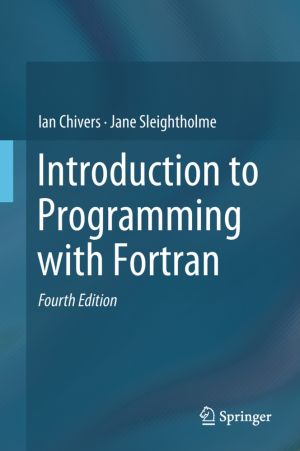
This fourth Edition presents new examples on submodules, derived type i/o, object oriented programming, abstract interfaces and procedure pointers, C interop, sorting and searching, statistics and converting to more modern versions of Fortran.Key FeaturesHighlights the core language features of modern Fortran including data typing, array processing...

This book develops the essential tools of linear algebra, with the goal of imparting technique alongside contextual understanding. Applications go hand-in-hand with theory, each reinforcing and explaining the other. This approach encourages students to develop not only the technical proficiency needed to go on to further study, but an appreciation ...
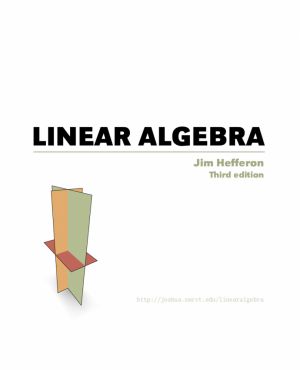
This book helps students to master the material of a standard US undergraduate first course in Linear Algebra.
The material is standard in that the subjects covered are Gaussian reduction, vector spaces, linear maps, determinants, and eigenvalues and eigenvectors. Another standard is book's audience: sophomores or juniors, usually with a ba...
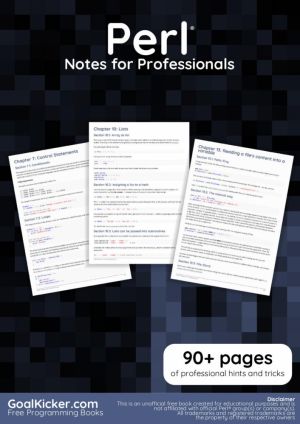
The Perl Notes for Professionals book is compiled from Stack Overflow Documentation, the content is written by the beautiful people at Stack Overflow....
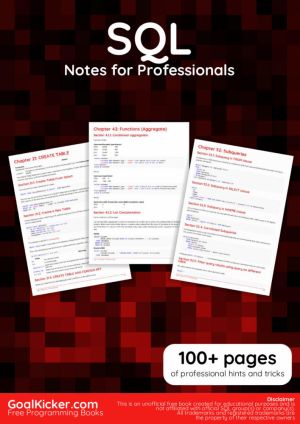
The SQL Notes for Professionals book is compiled from Stack Overflow Documentation, the content is written by the beautiful people at Stack Overflow....
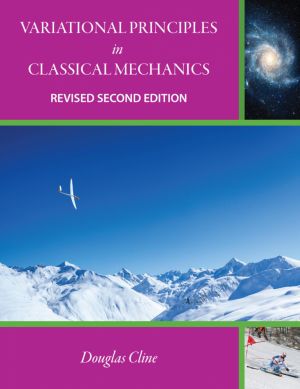
Two dramatically different philosophical approaches to classical mechanics were proposed during the 17th - 18th centuries. Newton developed his vectorial formulation that uses time-dependent differential equations of motion to relate vector observables like force and rate of change of momentum. Euler, Lagrange, Hamilton, and Jacobi, developed power...

Mastering Dyalog APL is a complete guide to the use of Dyalog, beginning with a thorough introduction to the APL programming language. Following this, the tutorial describes a large number of common coding techniques and discusses a variety of interfaces, including file handling and COM/OLE. Bernard Legrand provides a comprehensive introduction to ...
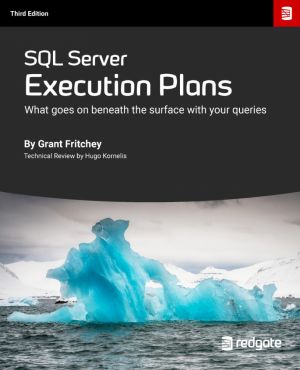
Every Database Administrator, developer, report writer, and anyone else who writes T-SQL to access SQL Server data, must understand how to read and interpret execution plans. My book leads you right from the basics of capturing plans, through how to interrupt them in their various forms, graphical or XML, and then how to use the information you fin...

Introduction to engineering mechanics: statics, for those who love to learn. Concepts include: particles and rigid body equilibrium equations, distributed loads, shear and moment diagrams, trusses, method of joints and sections, & inertia.
This is the first of two courses to describe how objects move and the forces that cause motion. This co...

Julia is a high-level, dynamic programming language. Its features are well suited for numerical analysis and computational science.
Julia works with other languages (C, Python, R, Rust, C++, SQL, JavaScript, ...)
The Purpose of this open book is to introduce programmers to the Julia programming by example. This is a simplified exposition of the l...
